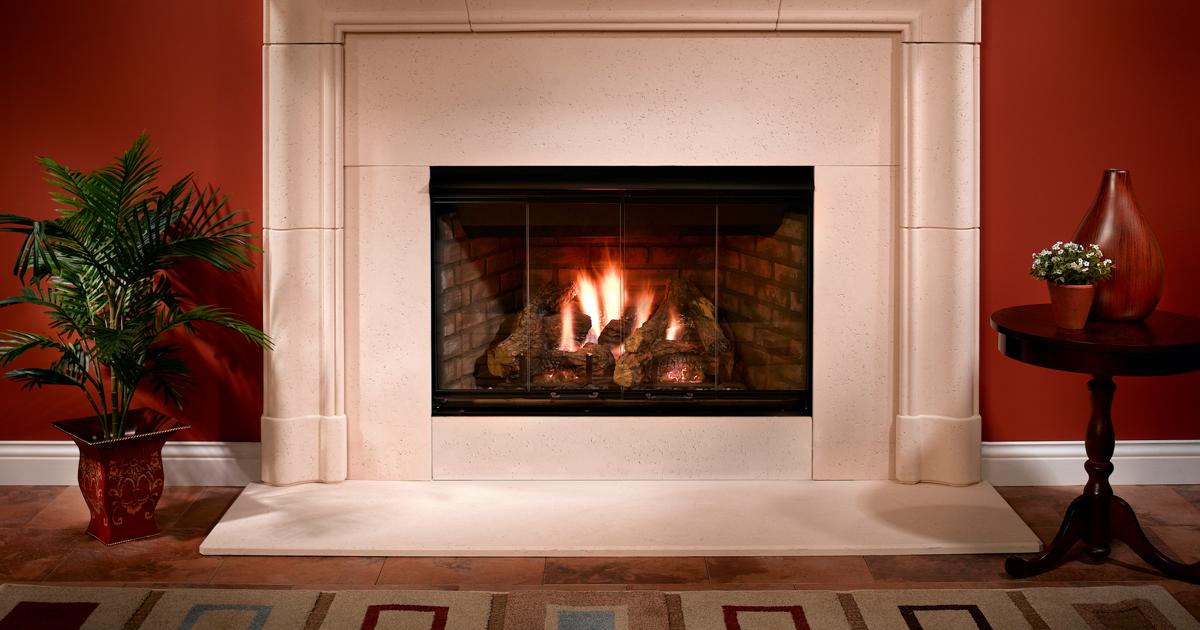

Articles
How Do I Know If My Gas Fireplace Is Vented
Modified: August 22, 2024
Discover how to determine if your gas fireplace is vented or not with informative articles on vented and ventless fireplaces.
(Many of the links in this article redirect to a specific reviewed product. Your purchase of these products through affiliate links helps to generate commission for Storables.com, at no extra cost. Learn more)
Introduction
Gas fireplaces have become increasingly popular as a convenient and stylish alternative to traditional wood-burning fireplaces. They offer the warmth and ambiance of a real fire with the added benefits of clean burning, ease of use, and efficiency. However, when it comes to gas fireplaces, one of the key considerations is whether they are vented or ventless. Understanding the difference between the two and knowing how to determine if your gas fireplace is vented or ventless is essential for both safety and performance.
The venting system of a gas fireplace is responsible for directing the byproducts of combustion, such as carbon monoxide and other gases, out of your home. It is crucial to ensure proper ventilation to maintain indoor air quality, prevent the buildup of harmful gases, and reduce the risk of carbon monoxide poisoning.
In this article, we will delve into the world of gas fireplaces and explore the telltale signs that can help you determine if your gas fireplace is vented or ventless. We will also discuss the safety considerations that come with each type of fireplace, so you can make an informed decision and enjoy your fireplace with peace of mind.
Key Takeaways:
- Understanding the signs of a vented or ventless gas fireplace, such as chimney presence and flame characteristics, is crucial for safety and enjoyment. Regular maintenance and proper ventilation are essential for both types.
- Whether you have a vented or ventless gas fireplace, prioritizing safety, following manufacturer’s guidelines, and considering room size and ventilation will ensure a warm and worry-free fireplace experience.
Read more: How Do I Know If My Fireplace Is Safe To Use
Understanding Venting in Gas Fireplaces
To understand the concept of venting in gas fireplaces, it is important to know how these fireplaces operate. Gas fireplaces can be either vented or ventless, each with its own set of characteristics and requirements.
A vented gas fireplace, as the name suggests, requires a venting system to remove the combustion byproducts from your home. This can be done through a chimney, a direct vent system, or a power vent system. The venting system ensures that any harmful gases produced during the combustion process are safely expelled outside, maintaining the air quality in your home.
On the other hand, a ventless gas fireplace, also known as a vent-free or unvented fireplace, does not require a venting system. Instead, it utilizes a precision-engineered burner system that burns gas more efficiently, producing minimal byproducts. The combustion gases are released directly into the room, eliminating the need for a chimney or venting system.
While ventless fireplaces offer the advantage of flexibility in installation, as they can be placed in any room without the need for a chimney, they do come with some considerations. The lack of venting means that all combustion byproducts, including carbon monoxide, are released into the indoor environment. For this reason, ventless gas fireplaces must be equipped with sensors that monitor oxygen levels and automatically shut off if they detect unsafe conditions.
It’s important to note that the choice between vented and ventless gas fireplaces depends on various factors, including local building codes, the availability of a suitable venting system, and personal preferences. While vented fireplaces are generally considered safer, ventless fireplaces can be a viable option in well-ventilated spaces and when safety features are in place.
Signs of a Vented Gas Fireplace
If you are unsure whether your gas fireplace is vented or ventless, there are several signs that can help you determine its venting type. Here are some key indicators of a vented gas fireplace:
1. Chimney presence: If your gas fireplace is connected to a chimney or has a flue pipe leading outside, it is likely a vented fireplace. The chimney or flue pipe serves as the pathway for the combustion byproducts to exit your home safely.
2. Realistic flames: Vented gas fireplaces typically produce a more realistic flame pattern compared to ventless fireplaces. The natural, flickering flames resemble those of a traditional wood-burning fireplace, thanks to the unrestricted airflow provided by the venting system.
3. Moisture release: When gas fireplaces are vented, the combustion process results in the release of water vapor. If you notice condensation or moisture buildup on nearby windows or walls, it is a good indication that your fireplace is vented.
4. Slight odor: Vented gas fireplaces may emit a faint odor during operation. This is a normal occurrence since the venting system allows for the release of any residual combustion byproducts, including small amounts of odor-causing gases.
5. Carbon monoxide detectors: Since vented gas fireplaces produce combustion byproducts, it is crucial to have a functioning carbon monoxide detector near your fireplace. Vented fireplaces should be equipped with proper ventilation and should not generate high levels of carbon monoxide, but having a detector adds an extra layer of safety and peace of mind.
Remember that these signs are general indicators and may vary depending on the specific model and installation of your gas fireplace. If you are unsure about the venting type, it is always recommended to consult the manufacturer”s documentation or seek professional assistance.
Check the installation manual or contact the manufacturer to determine if your gas fireplace is vented. Look for a vent pipe leading outside or a chimney. If there is no vent, it is likely a vent-free fireplace.
Signs of an Unvented (Ventless) Gas Fireplace
Unvented, or ventless, gas fireplaces are a popular choice for homeowners seeking convenience and flexibility. These fireplaces operate without the need for a chimney or venting system. Here are some signs that can help you identify an unvented gas fireplace:
1. No chimney or flue pipe: Unlike vented gas fireplaces, unvented fireplaces do not require a chimney or flue pipe. If your fireplace is freestanding or installed against a wall without any visible vents or outlets, it is likely a ventless gas fireplace.
2. Blue or yellow flames: Unvented gas fireplaces typically produce a distinctive blue or yellow flame. Unlike vented fireplaces that strive to mimic the look of a wood-burning fire, ventless units often have smaller, more controlled flames due to the restricted airflow created by the absence of a venting system.
3. No moisture release: Since unvented gas fireplaces do not release combustion byproducts outside, there should be no visible condensation or moisture buildup on nearby surfaces. If your windows and walls remain dry during operation, it is an indication that you have a ventless gas fireplace.
4. No noticeable odor: Ventless gas fireplaces are designed to burn gas efficiently, producing minimal odor. If you do not detect any unusual smells or odors while your fireplace is in use, it is likely a ventless unit. However, it is always important to have a carbon monoxide detector installed near the fireplace as an added safety precaution.
5. Oxygen depletion sensor: Unvented gas fireplaces are equipped with an oxygen depletion sensor (ODS) that monitors the oxygen levels in the room. If the oxygen drops below a safe threshold, the ODS will automatically shut off the fireplace, ensuring the well-being of occupants. This safety feature is a mandatory requirement for all ventless gas fireplaces.
It’s important to note that in some areas, building codes may restrict or prohibit the use of ventless gas fireplaces due to concerns about indoor air quality. Always check your local regulations to ensure compliance and consider the ventilation needs of your space before choosing a ventless gas fireplace.
Safety Considerations for Vented and Ventless Gas Fireplaces
Whether you have a vented or ventless gas fireplace, there are important safety considerations to keep in mind to ensure the well-being of your household. Here are some key safety tips for both types of fireplaces:
1. Regular maintenance: Regardless of the venting type, it is crucial to schedule regular maintenance and inspections for your gas fireplace. Hire a qualified technician to clean and inspect the burner, venting system (if applicable), and other components to ensure proper functioning and identify any potential issues.
2. Carbon monoxide detectors: Install carbon monoxide detectors near your gas fireplace and throughout your home. These detectors will alert you if there are elevated levels of carbon monoxide, a colorless and odorless gas that can be produced during the combustion process. Test the detectors regularly and replace the batteries as needed.
3. Proper ventilation: If you have a vented gas fireplace, ensure that the venting system is installed correctly and in good condition. Regularly check for any blockages or obstructions that could impede the flow of combustion byproducts. Avoid closing off or sealing vents, as this can lead to dangerous buildup of gases.
4. Indoor air quality: With a ventless gas fireplace, it is crucial to maintain good indoor air quality. Adequate ventilation is essential, so make sure the room is properly ventilated, especially in tightly sealed spaces. Open windows periodically to allow fresh air to circulate and dilute any potentially harmful gases.
5. Use as intended: Follow the manufacturer’s guidelines and recommendations for the safe use of your gas fireplace. Avoid using your fireplace as a primary heating source, as prolonged use can result in higher levels of combustion byproducts. Always supervise children and keep flammable items, such as curtains and furniture, a safe distance away from the fireplace.
6. Room size considerations: If you have a ventless gas fireplace, consider the size of the room in which it is installed. Follow the manufacturer’s instructions regarding the recommended room size to ensure proper ventilation and combustion. If the room is too small, it may result in decreased oxygen levels and an increased risk of carbon monoxide buildup.
7. Professional installation: Whether you have a vented or ventless gas fireplace, it is strongly recommended to have it professionally installed. This ensures proper placement, ventilation, and compliance with local building codes and regulations. A professional installer will also verify that the fireplace is functioning safely and efficiently.
By following these safety considerations and being mindful of proper usage and maintenance, you can enjoy the warmth and beauty of your gas fireplace with peace of mind.
Conclusion
Gas fireplaces offer a convenient and efficient way to enjoy the warmth and ambiance of a fire in your home. Understanding the difference between vented and ventless gas fireplaces is essential to ensure safety and performance. Vented gas fireplaces utilize a venting system to expel combustion byproducts outside, while ventless fireplaces release those byproducts into the room.
When determining whether your gas fireplace is vented or ventless, there are distinct signs to look for. Chimney presence, realistic flames, moisture release, slight odor, and the presence of a carbon monoxide detector are indications of a vented gas fireplace. In contrast, the absence of a chimney, blue or yellow flames, no noticeable moisture release or odor, and the presence of an oxygen depletion sensor are signs of a ventless gas fireplace.
Regardless of the venting type, safety should always be a top priority. Regular maintenance, such as cleaning and inspecting the fireplace, installing carbon monoxide detectors, ensuring proper ventilation, and maintaining good indoor air quality are important for both vented and ventless gas fireplaces.
It is crucial to follow the manufacturer’s guidelines and recommendations for safe usage, supervise children, and keep flammable items at a safe distance. If you have a ventless gas fireplace, consider the size of the room and provide adequate ventilation to maintain proper oxygen levels and prevent carbon monoxide buildup.
Professional installation is highly recommended for both vented and ventless gas fireplaces. This ensures proper placement, ventilation, compliance with building codes, and verification of safe and efficient operation.
In conclusion, understanding the venting type of your gas fireplace and adhering to proper safety measures will allow you to enjoy the beauty and warmth of your fireplace with peace of mind. Whether you have a vented or ventless gas fireplace, remember to prioritize safety, regular maintenance, and follow the manufacturer’s instructions for a safe and enjoyable experience.
Frequently Asked Questions about How Do I Know If My Gas Fireplace Is Vented
Was this page helpful?
At Storables.com, we guarantee accurate and reliable information. Our content, validated by Expert Board Contributors, is crafted following stringent Editorial Policies. We're committed to providing you with well-researched, expert-backed insights for all your informational needs.
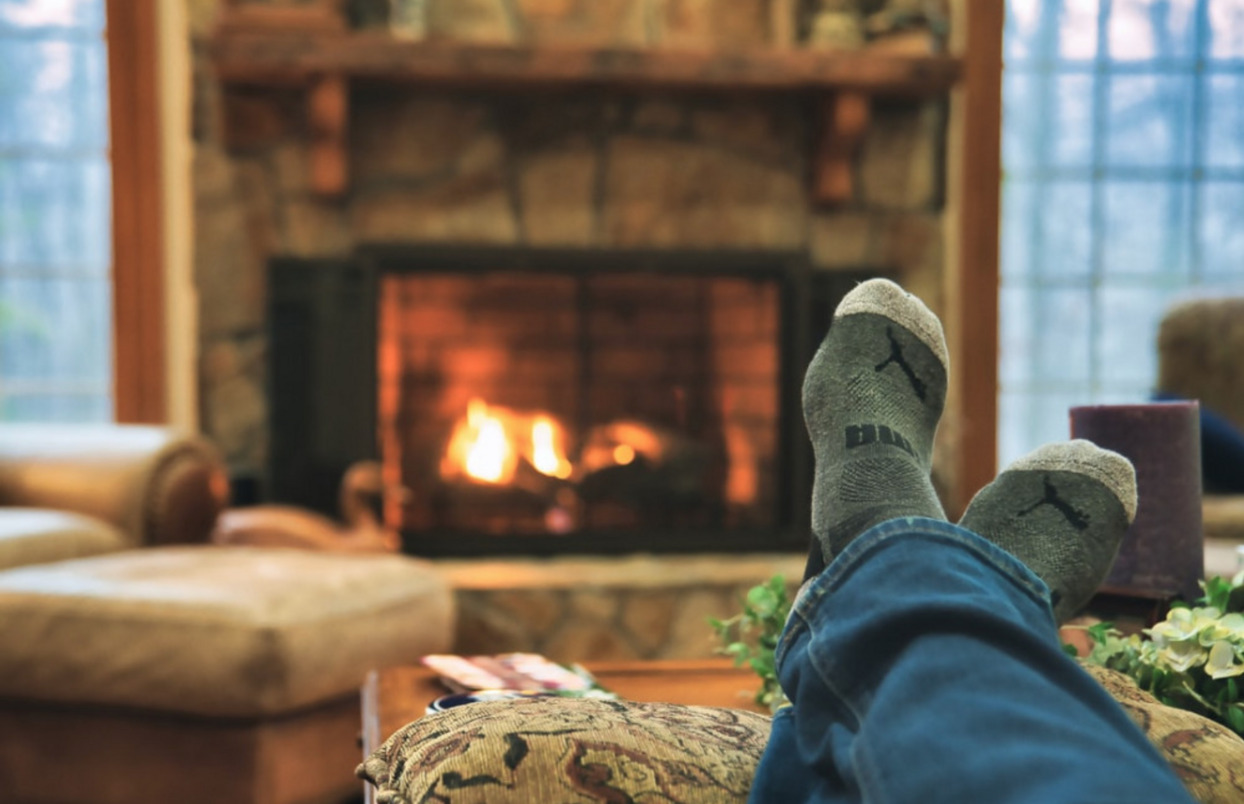

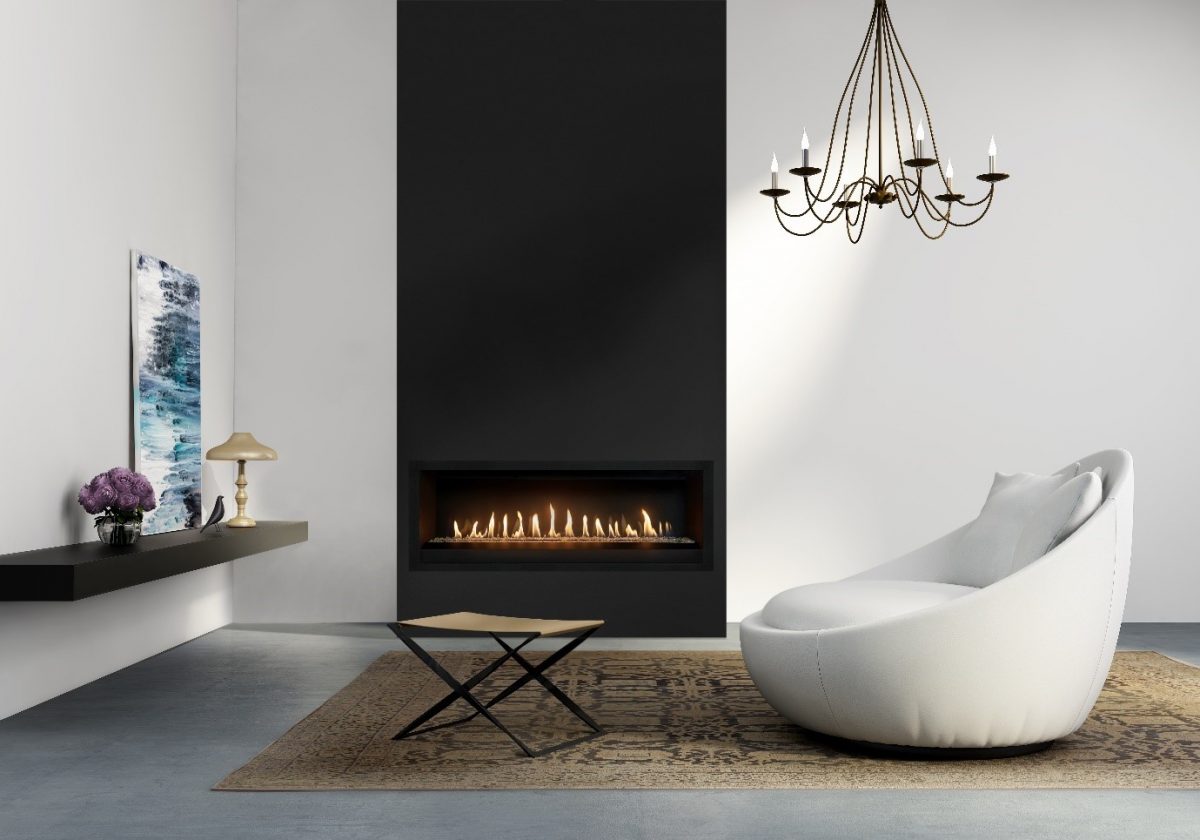
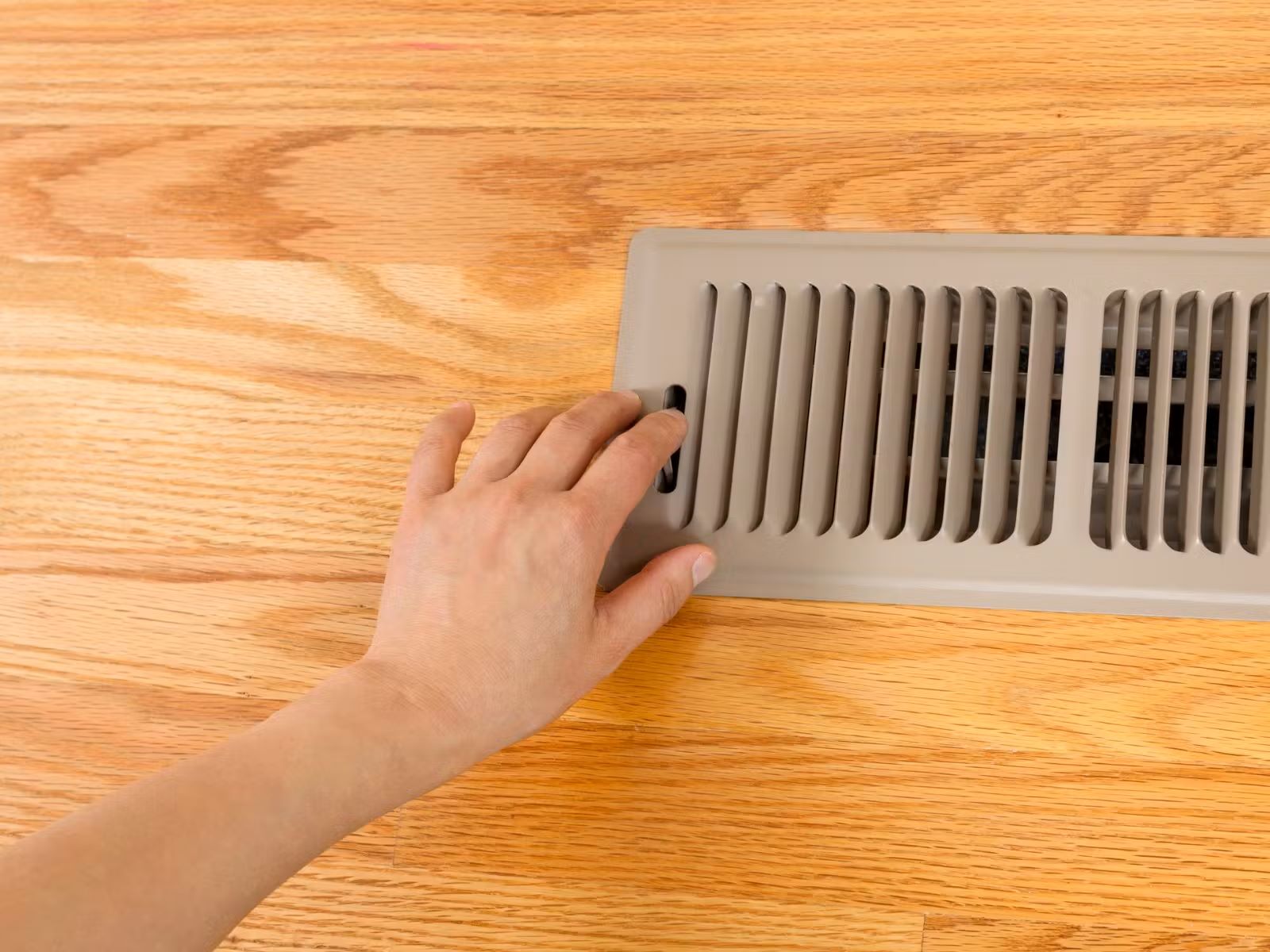
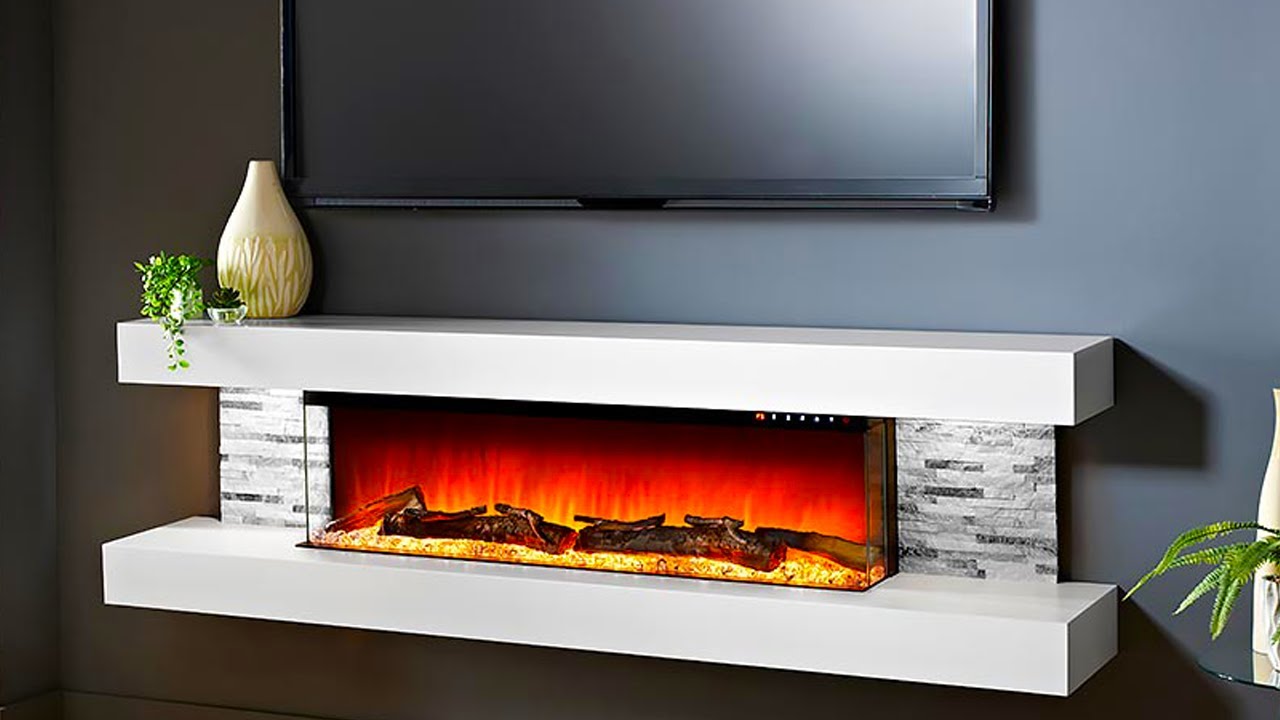
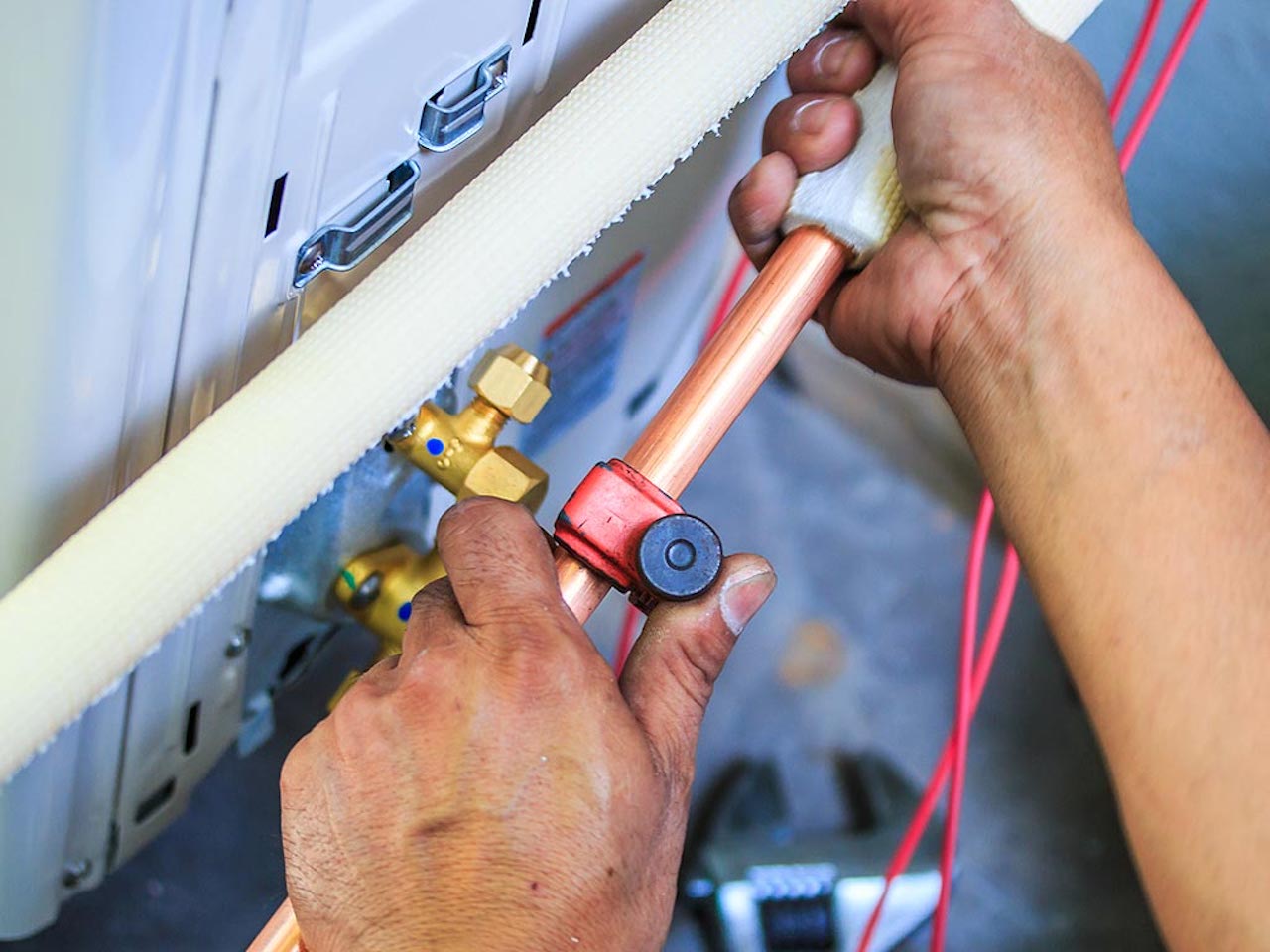
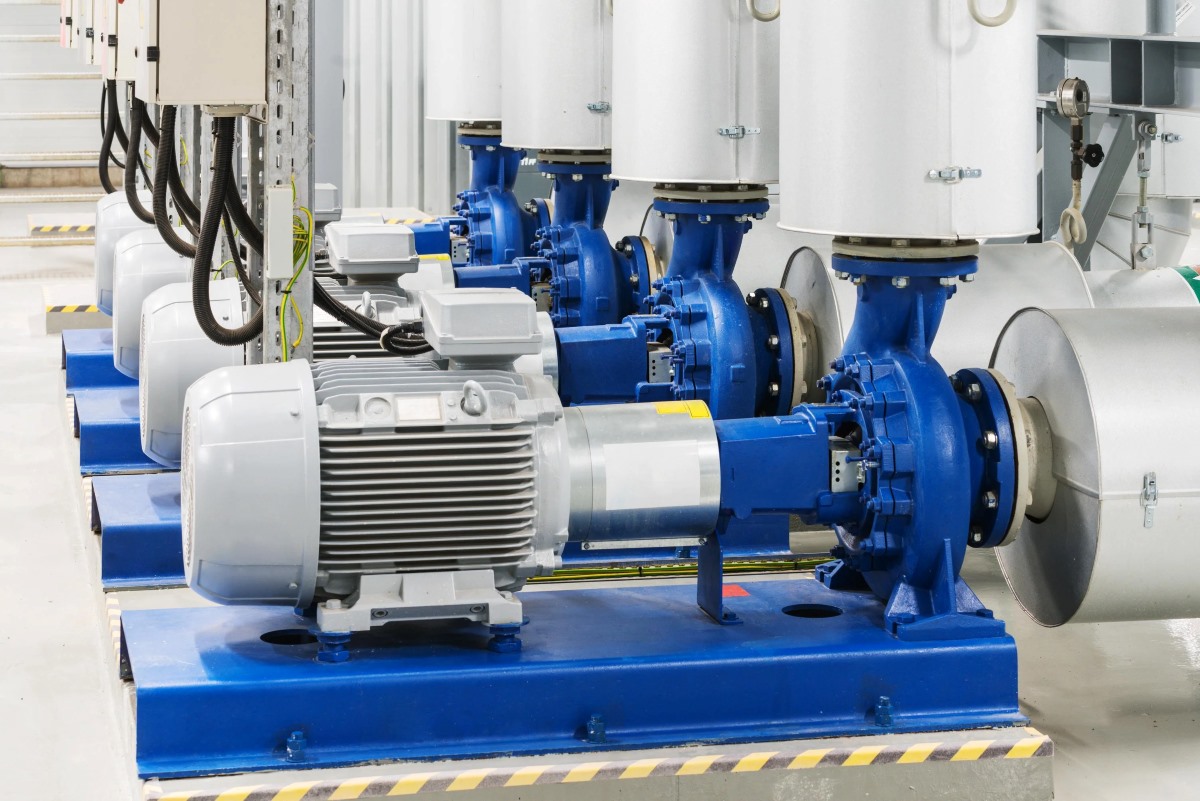

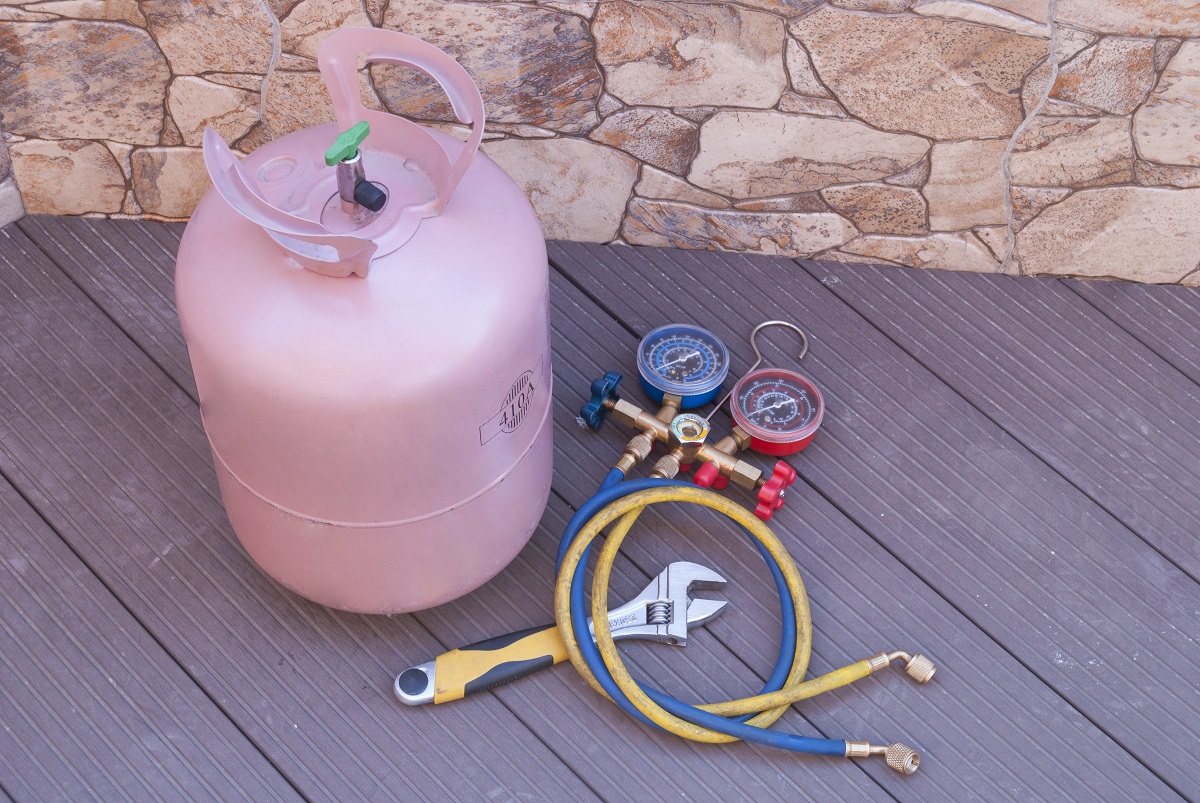
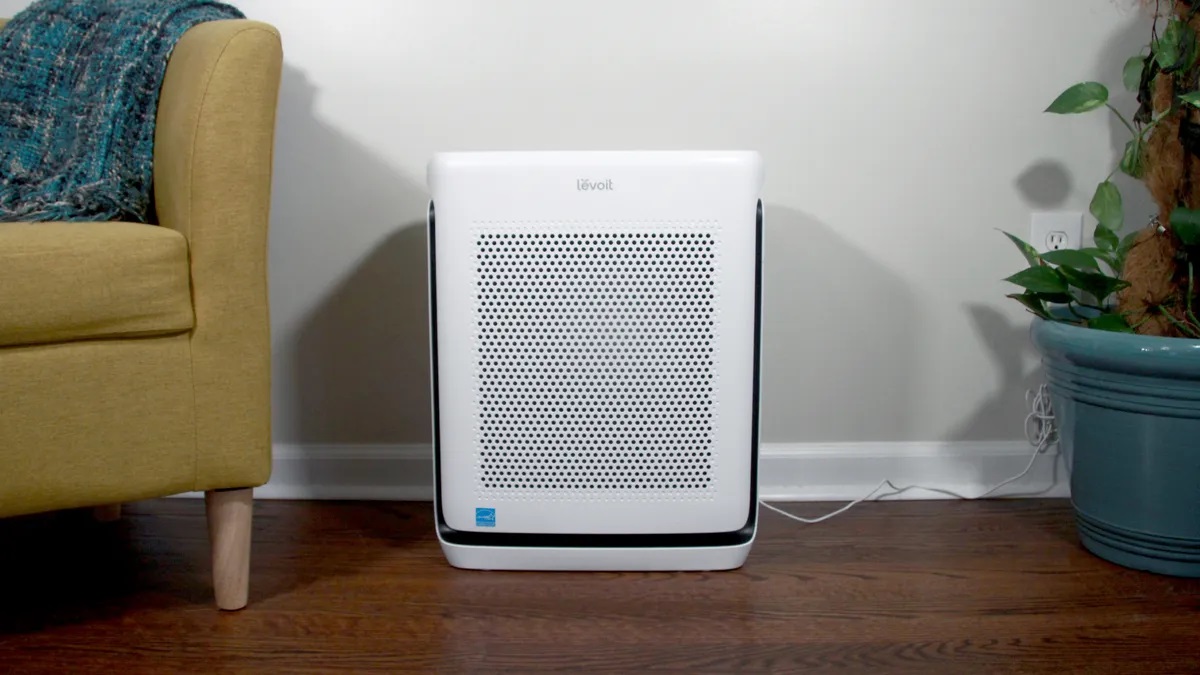
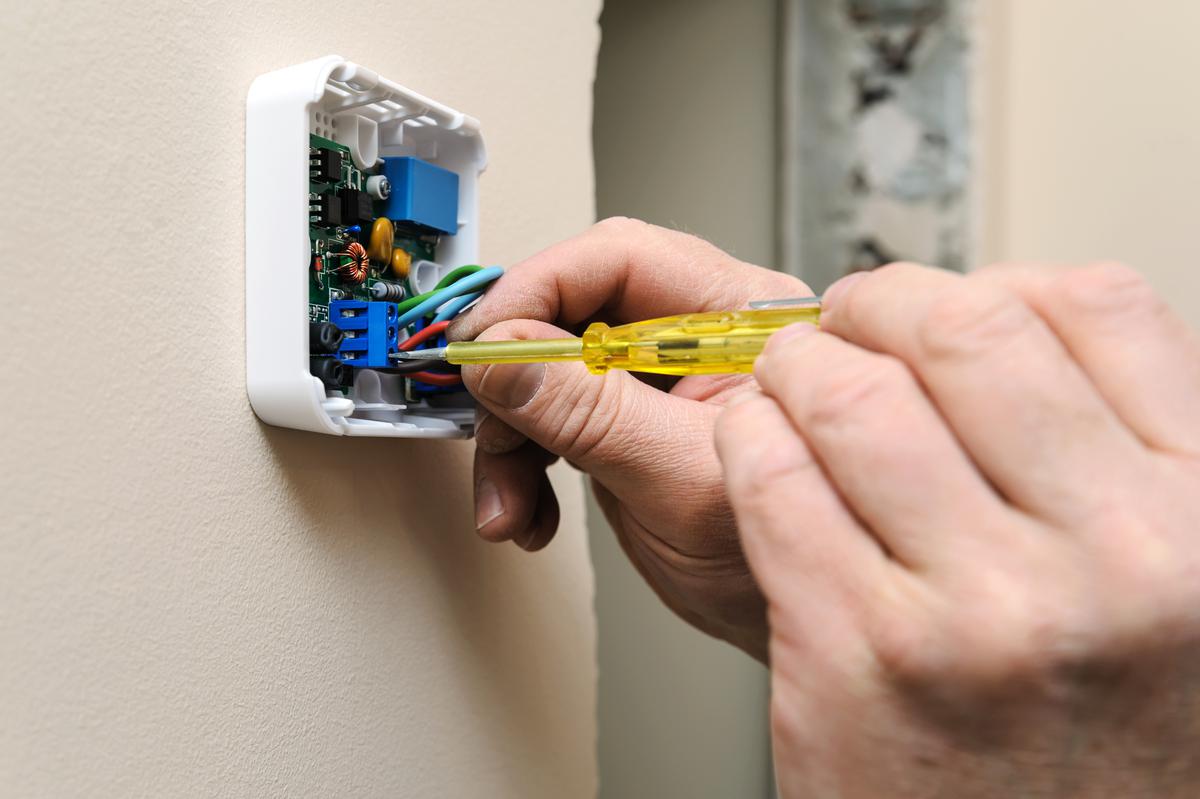

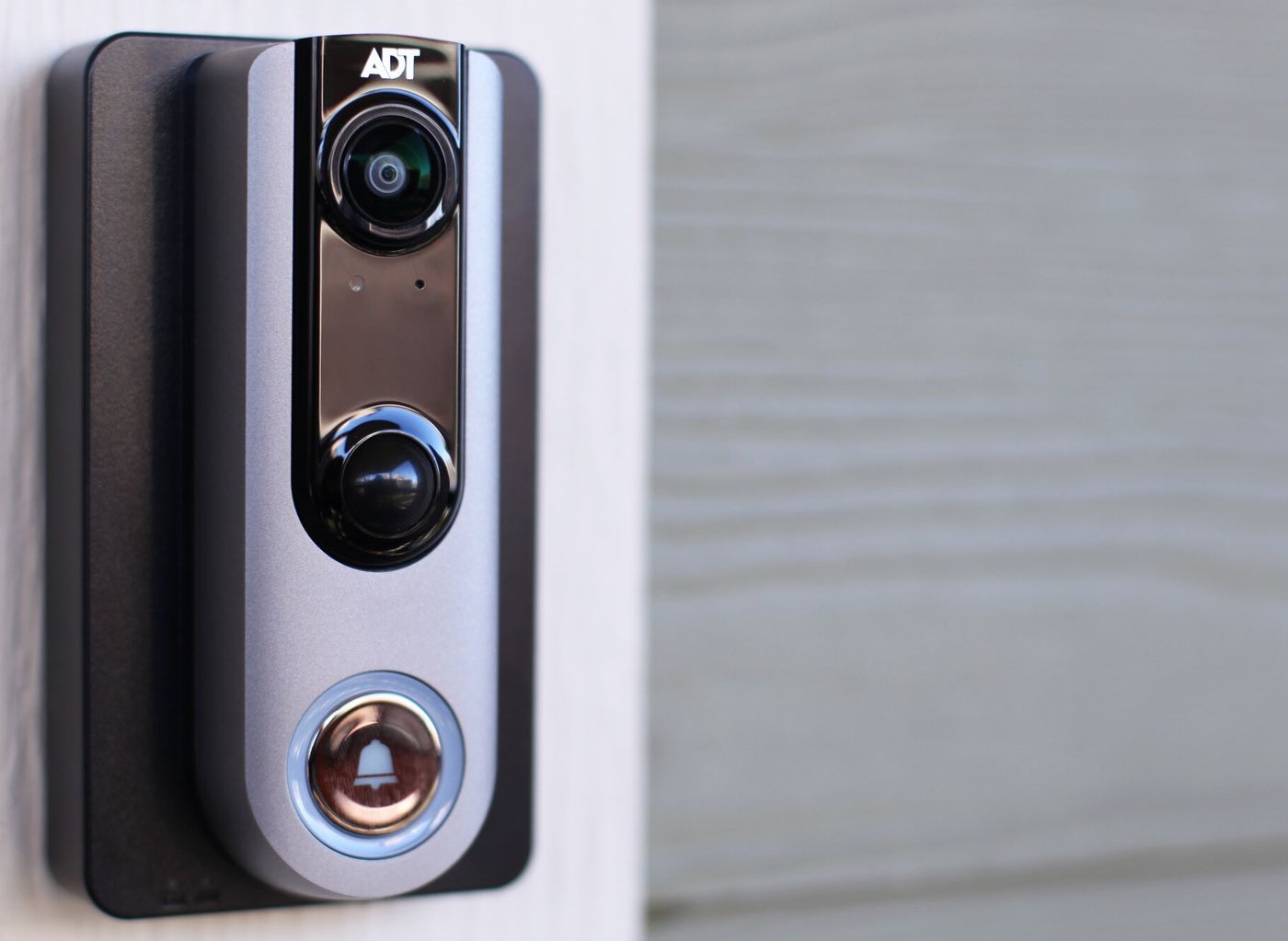
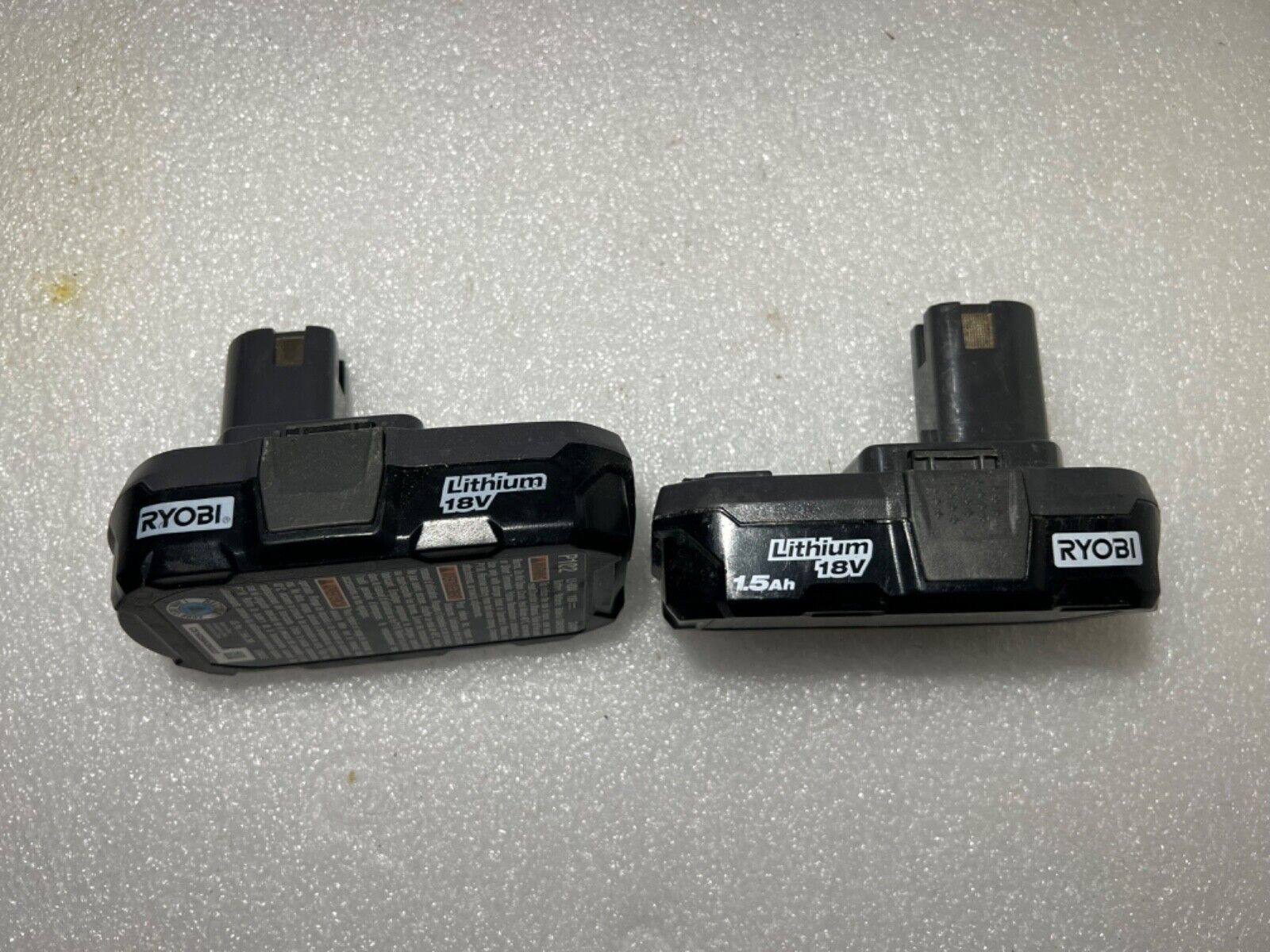

0 thoughts on “How Do I Know If My Gas Fireplace Is Vented”